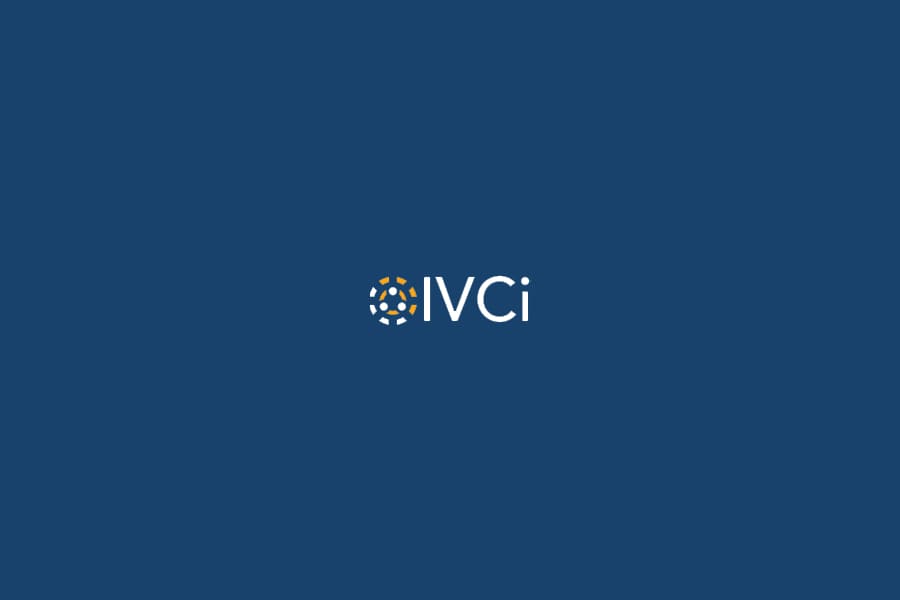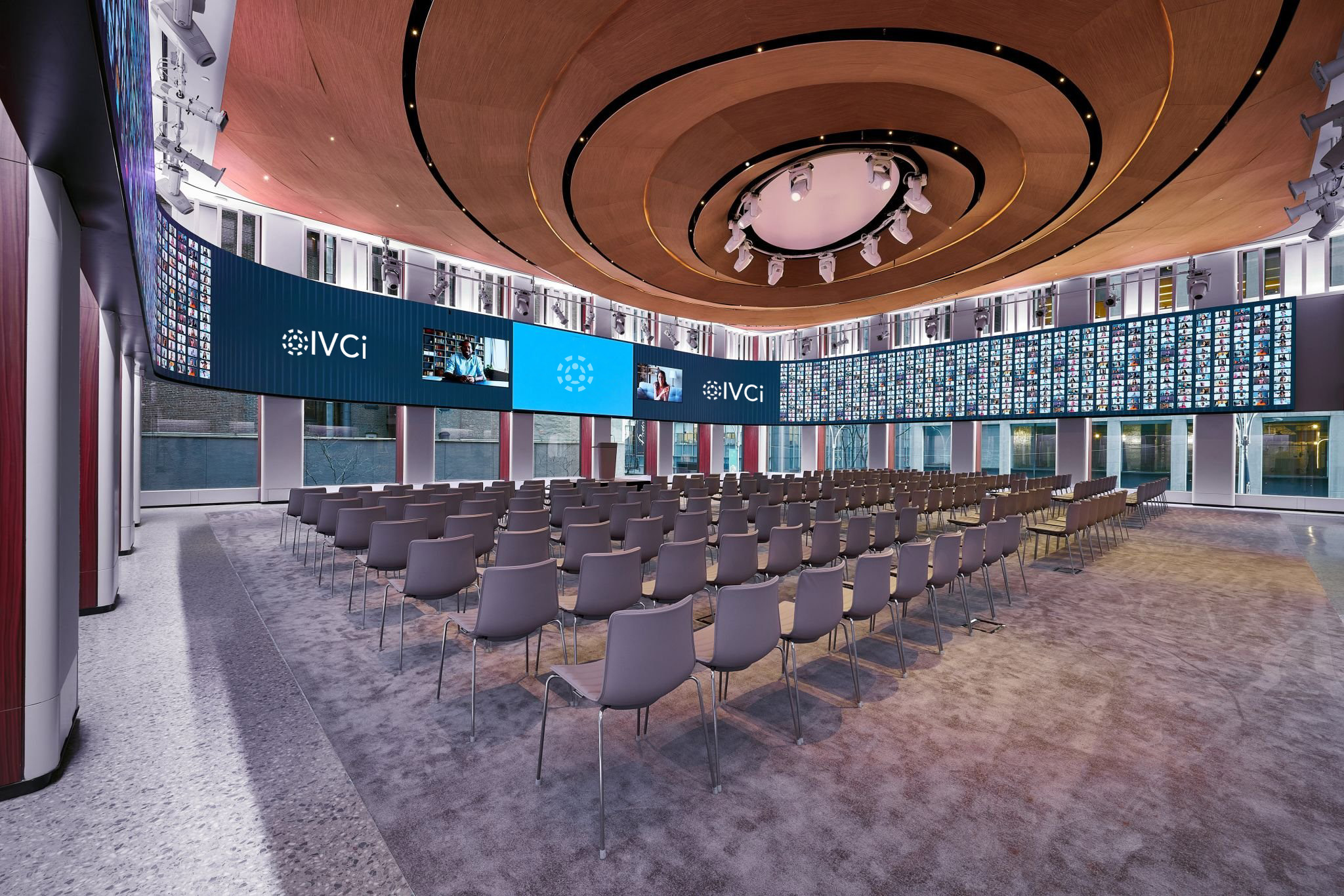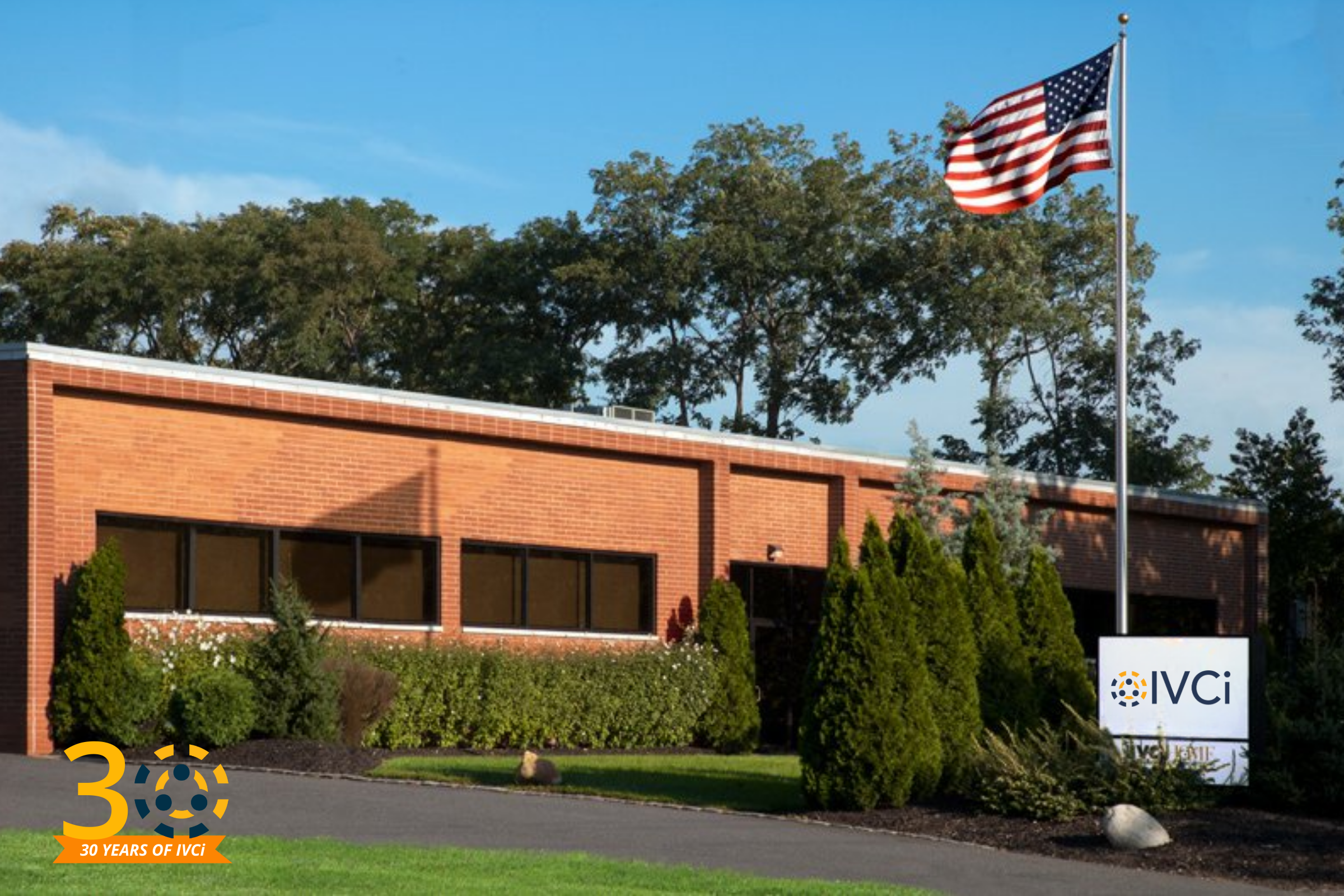There’s a lot of technology that goes on behind the scenes of video conferencing in order to make it a seamless experience for the user. One of these processes that video conferencing endpoints perform is video encoding, or the compression of digital audio and video signals, for transmission across networks in an efficient and effective manner. Then, another video endpoint decodes, or decompresses that signal, where video is displayed on a screen and audio is produced from a speaker. Today, there are two major video encoding and decoding implementations that are in use by industry leading manufacturers – Scalable Video Coding (SVC) and Advanced Video Coding (AVC).
Advanced Video Coding (AVC) was introduced in 2003 and is currently one of the most commonly used formats for audio/video compression. A core concept in AVC compression is the use of a specified resolution and frame rate in every call. The specific call quality (SD, 720pHD, or 1080pHD to name a few) which is used in a particular call is based on a negotiation between endpoints or bridges in a call about the capabilities which they can support. One downside is that the endpoints in many cases can support qualities that the network between them may not be able to support. In this situation the endpoints agree to connect at the best quality they are capable of, but when the network cannot accommodate all of that digital data, packets are dropped and video can become choppy or completely freeze.
Scalable Video Coding (SVC) is a newer form of video compression which dynamically adjusts the frame rateor resolution in real-time based on varying network conditions. For example, if one participant’s network becomes congested by other applications on their network (file downloads, system backups, and internet streaming are common bandwidth “hogs”) the call rate (and resolution or frame rate) will automatically decrease in order to preserve call integrity at the cost of slightly lower call quality. One downside to SVC is that there may be increased processing required at the endpoint to support the constant monitoring of packet loss and there may be increased bandwidth compared to AVC to support similar resolutions.
Determining which option is right for your organization depends on your business needs and requirements, how you plan on using video, and what your network constraints are. For example, SVC may be a better option for an organization looking to deploy a soft video client to their entire organization on a shared network that is shared by many other applications. However, AVC may be a better option for a more controlled network environment where QoS can be implemented to ensure a time-sensitive data such as real-time conferencing data does not compete with other data which may not be time-sensitive (such as co-workers watching YouTube).





